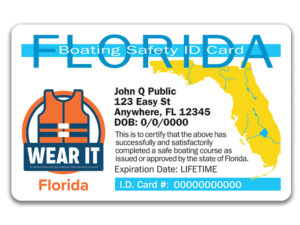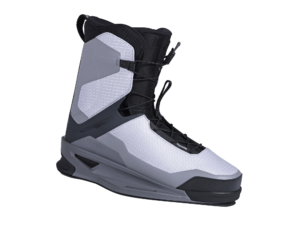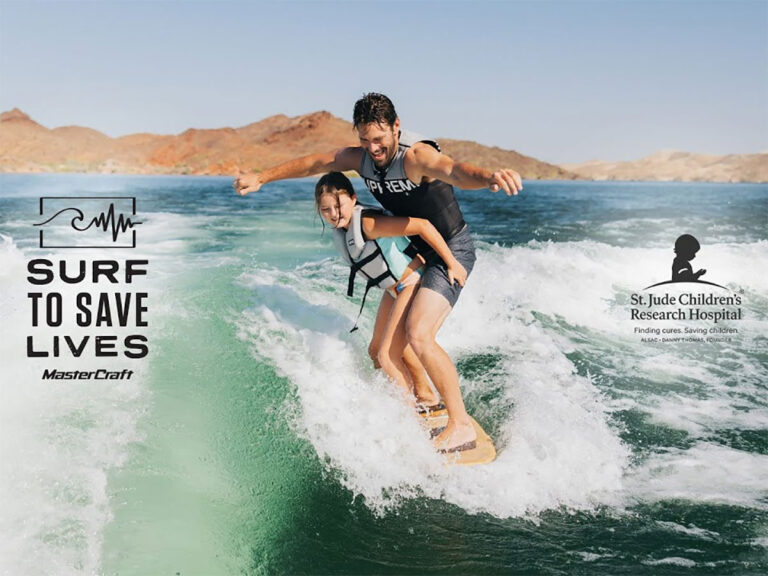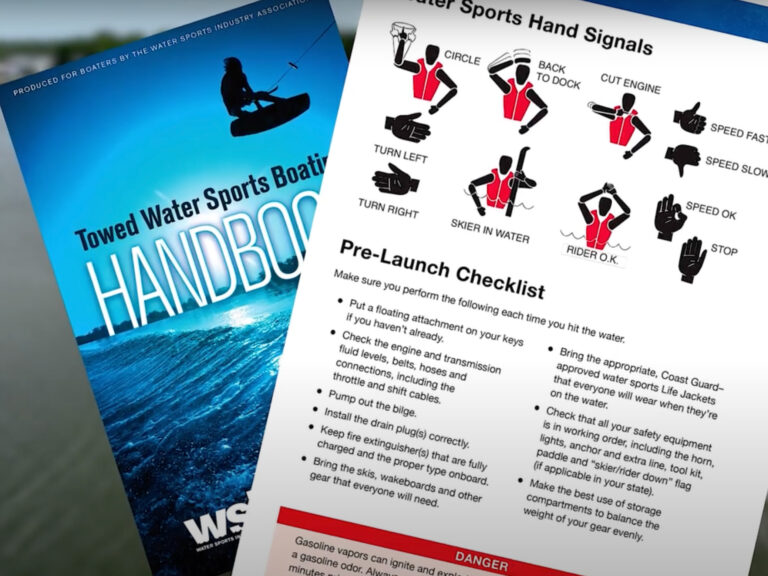
The art of buying wakeboard boots
When picking wakeboard boots, keep in mind that it can be argued they are your most important piece of equipment. They are the direct line of communication between you and your board. You can have a board that perfectly suits your riding style and ability, but if you have boots that are uncomfortable or don’t fit properly, your set is going to be over faster than your buddy can powerturn at the end of the lake. Just as with shoes, there is no such thing as a universal perfect fit in wakeboard boots. What might work for you could be horrible for your friend, even if you have the same ability and ride together. It all comes down to what fits your foot and your riding style. This is why it’s so important to try on different boot models. Outside of pure comfort, keep in mind that a stiffer, more supportive boot will react more quickly, translate your movement more efficiently, and generally offer more support, especially through the ankle. Softer boots allow more mobility, which is ideal for poking out grabs or pressing on rails, while still offering a secure fit. Let’s face it: Happy feet mean better riding, longer sets and more progression, so it’s well worth it to find the optimal boot for you. Here we break down some key features and terminology on the latest boots to bring you up to speed.
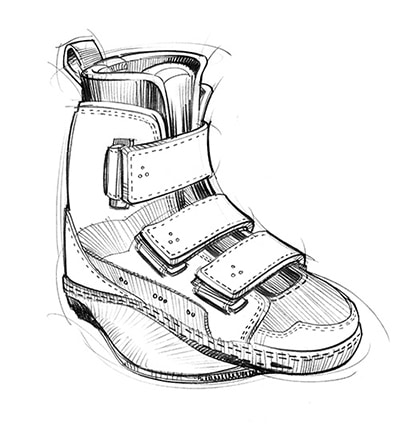
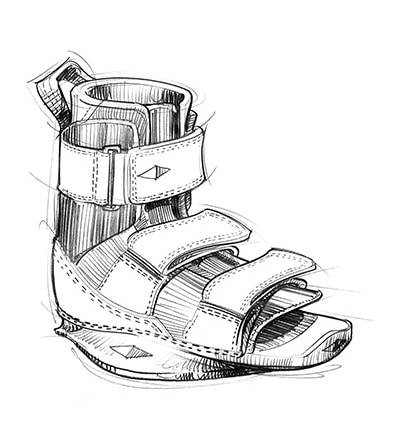
| Closed Toe | Open Toe |
|---|---|
| Closed-toe models usually have a size-specific fit, like a shoe does, which is not ideal for sharing with a group of friends. While these boots tend toward higher performance, there are closed-toe models available for a wide range of riding styles and abilities. | Open-toe models still offer great support and fit, but accommodate a wider range of foot sizes and shapes. These boots are a great choice for young riders with rapidly growing feet, or for those who need a setup that suits friends who don’t have their own equipment. |
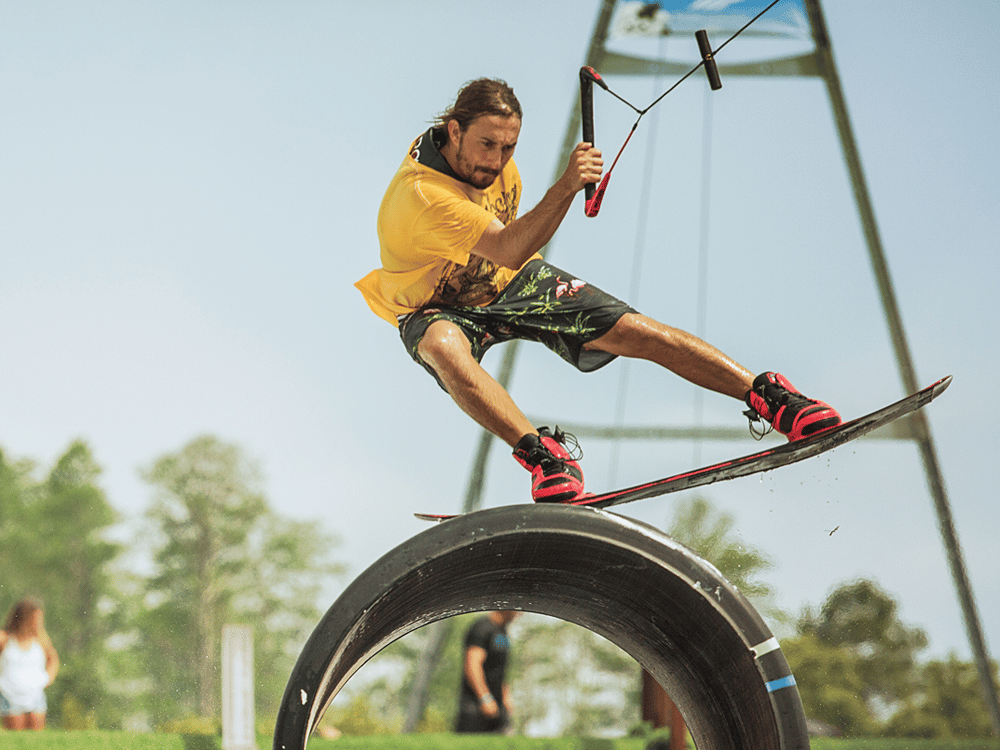
Get Familiar
| Removable Liner Vs. One-Piece | |
|---|---|
| Some boot models have a separate removable liner with a durable sole on the bottom. This comes in handy if you’re in and out of your boots frequently, or if you have to walk across rough terrain during winch sessions or at wake parks. | |
| Flexibility | |
|---|---|
| Ultimately, a wakeboard boot’s job is to communicate your body’s movments to the board. Stiffer, more supportive boots translate those movements more sensitively and offer more ankle support, while softer boots allow for more freedom of mobility. | |
| Closure Laces | |
|---|---|
| Pros: Laced boots offer a secure, snug fit and even allow you to customize the feel. Cons: If you’re in and out of your boots all the time, laces aren’t as convenient because they take time to tighten and loosen, and can wear out faster with heavy use. | |
| Velcro | |
|---|---|
| Pros: Velcro straps offer supreme convenience because most models feature only two or three straps. Cons: It’s harder to dial in a precise fit compared to a boot with laces or ratchets. | |
| Ratchets | |
|---|---|
| Pros: Boots and bindings are separate in these setups, much like in a snowboard boot and binding. These offer very quick entry and exit, and the ratchet buckle system provides great precision support. Cons: They are not as advantageous for boat riders, since you’re unlikely to wear the boots in the boat. | |

